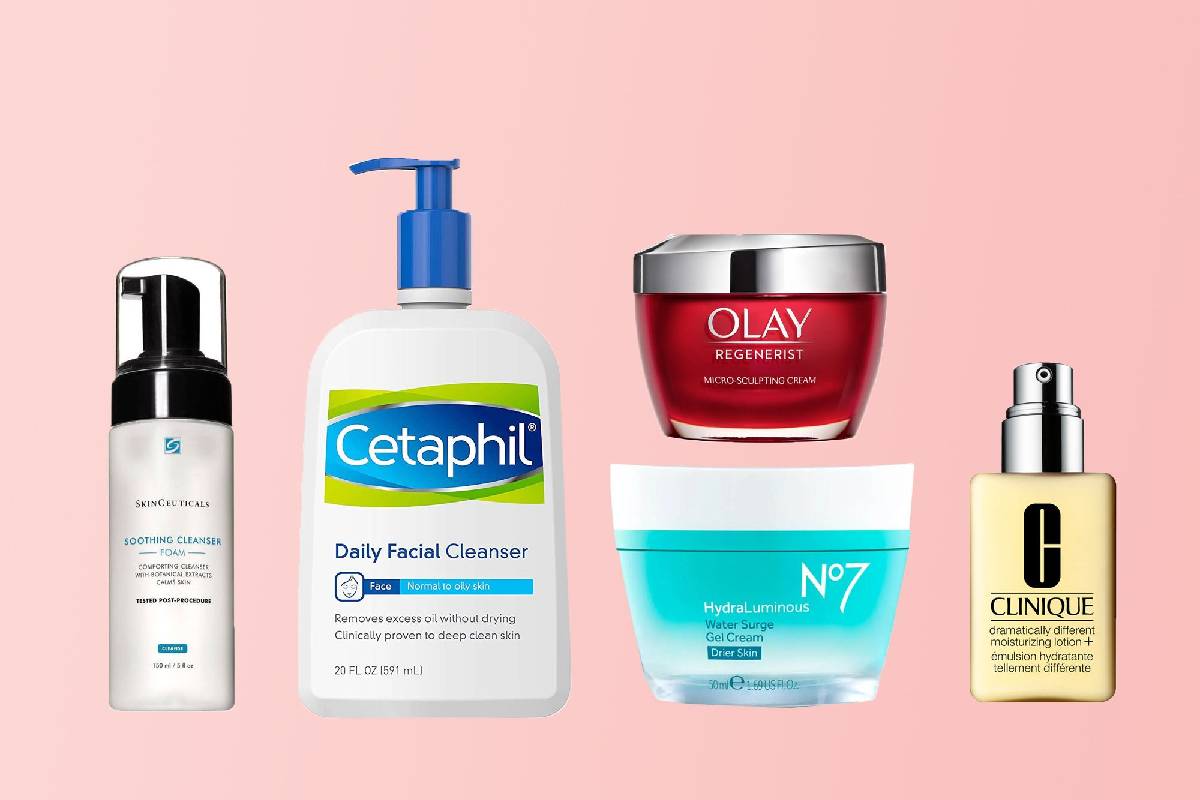The function of Beauty Skin Care
The function of beauty skin care is the the largest organ in the body with numerous vital parts is the skin.
It serves as a communication mechanism with the environment and a protective barrier that separates us from the outside world.
In addition, it serves as our business card because it displays characteristics that reflect our age and physical condition.
To keep our skin in top shape, we must protect it, take good care of it with appropriate products, and nourish and hydrate ourselves adequately.
Skin and products
The skin can be cared for and kept in top shape with various goods, including creams, cream lotions, talcum powder, makeup, lipsticks, suntan lotions, self-tanning items, sunscreens, and sunblock.
The creams and their variants:
- Creams (facial or body): an indulgent preparation for application to the skin, utilized as a vehicle for safe chemicals with various beneficial effects on the skin.
- Its primary drive is to hydrate the skin at different depths (epidermis, dermis, and hypodermis).
- But these products typically also serve other complementary but equally significant purposes.
- Such as shielding the skin from the sun’s harmful rays and encouraging the production of the collagen and elastin strands that give the skin its freshness and softness.
- They can also serve cosmetic drives, such as coloring the skin and serving as a base.
Facial creams:
- Anti-aging: Its purpose is to hydrate and prevent or lessen wrinkles and expression lines. The following tabs include additional information about it.
- Makeup removers: They are meant to take makeup from the face.
- Body moisturizers are also available, and they aim to
- Cleansers are creams that respect the skin’s pH while removing more pollutants than soap.
- Exfoliants: They also clean the skin by attempting to eliminate deeper impurities and dead skin cells. Body exfoliation products are another option.
- Anti-Redness: A product made to stop or reverse the redness process that certain people with sensitive skin may experience as a result of, among other things, abrupt temperature changes or sun exposure.
- Anti-acne: These creams prevent or lessen the acne-related symptoms that some people with oily skin may experience.
- Use a combination of all these products and regular facial cleanliness for the best results. It should go without saying that before using any effect on your own, it is best to visit a dermatologist if you have any skin issues, especially redness and acne.
Skin Types
Facial
- It is recommended to select a product that fits your demands to take advantage of its features because many products on the market adapt to different types of skin.
Normal skin
- Technically referred to as endemic skin, it is that skin that is in good health and is distinguished by tiny pores, healthy blood flow, pink color, and uniform transparency.
Oily skin
- This type of skin is distinguished by an overabundance of sebum production, which gives the skin the shine associated with oily skin, larger pores with comedones (pimples), radiance, and a varying level of transparency.
Dry skin
- This kind of skin is blotchy, rough, and occasionally even looks old before its time. The skin’s flaky regions might cause excruciating itching and a tightening sensation.
Mixed skin
- On the other hand, it occurs when the cheeks are normal or dry, but the forehead, chin, and nose are of the oily type.
Also Read: Melanin-Rich Skin – Here’s Your Skin Care
